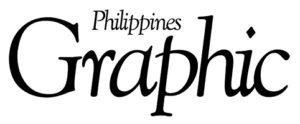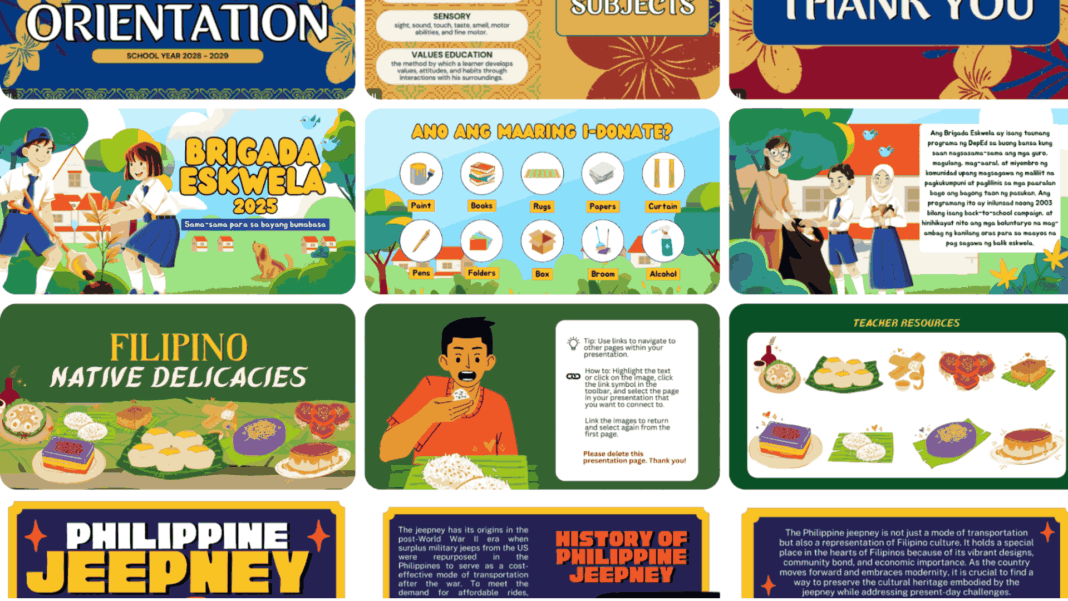For today’s students, culture and tradition can sometimes feel distant in a world that moves at the speed of digital content. But technology offers a way to bridge the gap, turning tradition into something engaging and relevant. With accessible design tools, teachers are transforming heritage into something vibrant, engaging, and deeply relevant for the students of today.
This vision comes to life through the work of two Canva Education Creators Lulu Campoto and Egg Quiñosa Jr., who use design to turn everyday lessons into meaningful, engaging experiences.
Creativity rooted in community
For Lulu, who spent eight years as an early childhood teacher, art has always been more than a classroom activity. It’s a way to connect people.
“Art has the power to unite people, both physically and culturally. By sharing a community’s story or an inspiring reflection, we build connections that bridge differences,” she shares. When Lulu discovered Canva, she saw how design could transform her classroom. Bright visuals and interactive projects didn’t just make classes more engaging, they also helped students appreciate and celebrate their own heritage.
One tradition especially close to her heart is Brigada Eskwela, the back-to-school tradition that brings teachers, parents, and volunteers together. For Lulu, it’s more than just cleaning and decorating classrooms—it’s a living expression of bayanihan, the Filipino spirit of working together. By weaving this tradition with digital design, she shows her students that community, culture, and the future are interconnected.
Culture woven into every lesson

Teaching Araling Panlipunan, Egg realized something early on: when lessons looked intentional and well-crafted, students were more curious, engaged, and inspired to participate.
For him, design isn’t decoration—it’s a tool for transformation.
“It’s not just about making things look nice. It’s about helping students see the value of their own culture and social realities in a modern, digital space,” Egg explains.
Through Canva, Egg designs learning materials that make complex ideas easier to grasp without losing depth. By incorporating Filipino patterns, colors, and symbols, he gives lessons a cultural heartbeat. “When we design with intention, we’re not just teaching facts. We are helping our students connect with their culture, think critically about our society, and imagine how they can make a difference.”
For his students, lessons are no longer just textbook chapters. They’re living reminders that they’re part of an unfolding story, and that they have the power to shape its future.
In a globalized, digital world, local traditions risk being overshadowed. Teachers like Lulu and Egg show why it matters to keep them alive. By bringing Filipino culture directly into the classroom, they give students a sense of belonging and pride, while also encouraging them to see themselves as change makers.
Egg notes, “When students see their own culture, traditions, and stories woven into our activities and discussions, it does more than affirm their heritage. It challenges them to think critically about their role in nation-building.”
Lulu adds, “By incorporating Filipino culture into our materials, we serve as a reminder of our identity to the youth, fostering a sense of purpose within them.”
Behind this work is a simple but powerful truth: when teachers have the right tools, education becomes a source of inspiration.
One such tool is Canva Education, which makes Canva freely available to K-12 students and teachers nationwide. With easy-to-use tools and a rich library of templates, patterns, and resources, Canva empowers educators to create materials that are simple, powerful, and accessible, ensuring heritage has a place in today’s classrooms.




